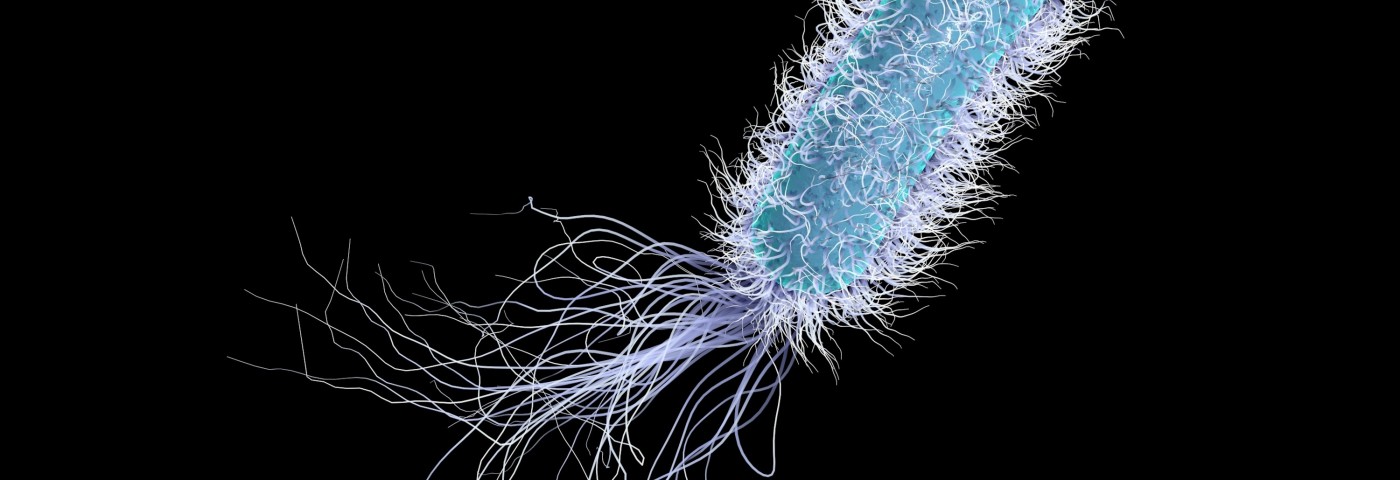Scientists have discovered the key factor in the release of defender bacterial traps called NETs (neutrophil extracellular traps) from immune cells in response to Pseudomonas aeruginosa infection — one of the most common causes of pneumonia.
It is the movements of the tail which allow the bacteria to swim that triggers the immune response. The finding can lead to the development of new types of treatments, targeting the tail as a means of strengthening the immune response.
The study, “Swimming Motility Mediates the Formation of Neutrophil Extracellular Traps Induced by Flagellated Pseudomonas aeruginosa,” was published in the journal PLOS Pathogens.
Neutrophils are one of the main defenders against Pseudomonas. Among the repertoire of defenses of these immune cells, the production of NETs is one of the most efficient ways of killing bacteria. NETs are composed of a meshwork of DNA-based molecules interlaced with antibacterial proteins. Once bacteria get stuck in a NET they are unable to do much harm.
In many health conditions, such as cystic fibrosis, the production of the traps is not working as well as it should. And in many other diseases, such as HIV or chronic obstructive pulmonary disease (COPD), Pseudomonas infection often becomes chronic — posing serious health issues.
Until now, scientists have not known exactly what aspect of the bacterial infection triggered NET production. Researchers at the University of Georgia now studied different types of Pseudomonas infections at various stages.
The team soon realized that NET production was at its peak at early stages of the infection, when bacteria used their tails to move around. The tail, referred to as a flagellum, is largely composed of a protein called flagellin.
But when the team tested whether neutrophils reacted to the flagellin protein itself, they did not notice any particular response. Instead, they discovered that it was the movement that triggered the release of the bacterial traps, as paralyzed bacteria were unable to stimulate the production of NETs by neutrophils.
The study also found that other mechanisms used by neutrophils to kill bacteria, such as phagocytosis — the process of “eating” bacteria — and superoxide production, were also largely triggered by the movement of the bacterial tail.
These findings offer new insights into the immune response against Pseudomonas infection, and could possibly lead to the development of new therapies.


